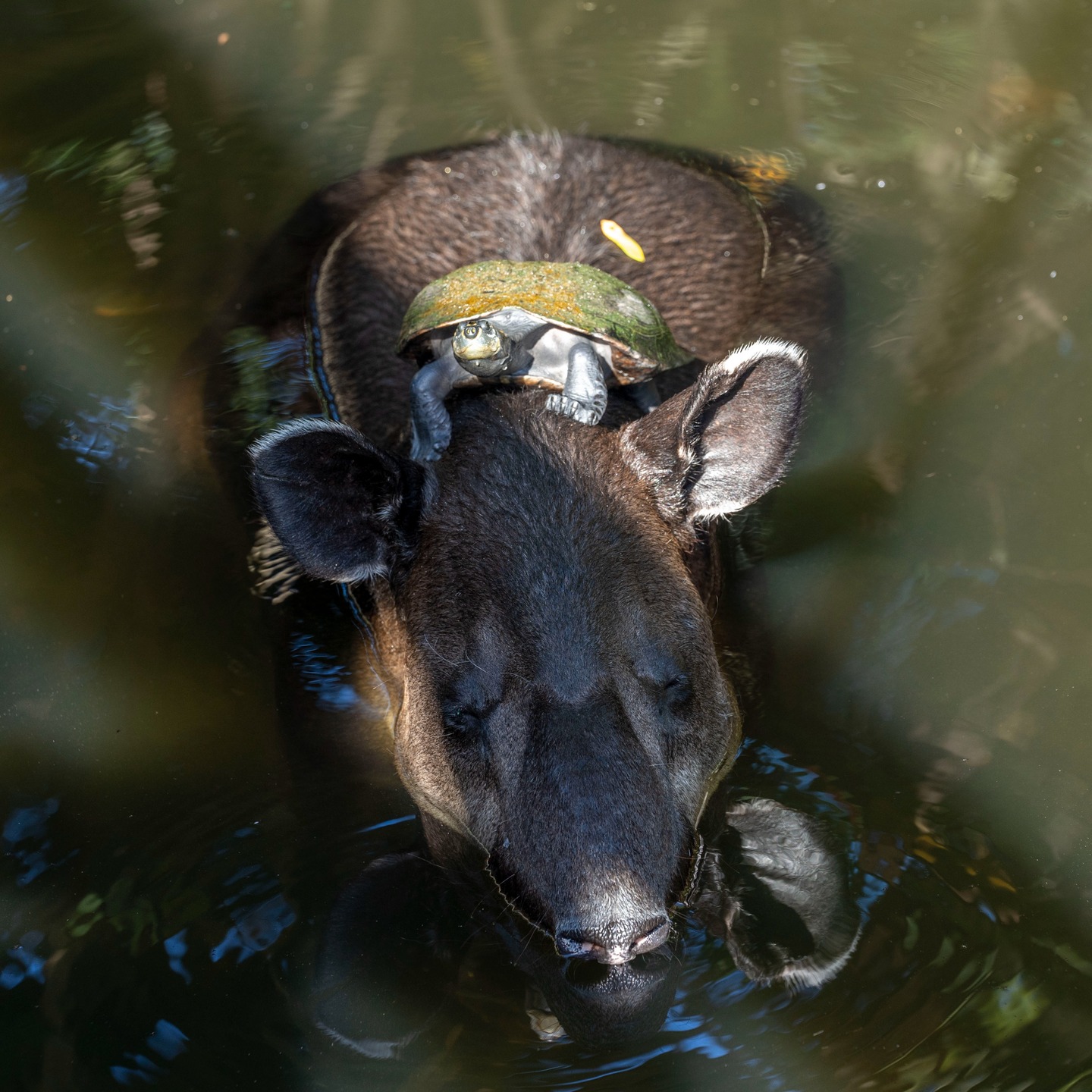- Explore the many roles zoos play in wildlife conservation, education, and research.
- Discuss the significance of visitor engagement in enhancing conservation awareness and wildlife appreciation.
- Provide insights into daily zoo activities and how they enrich the visitor experience.
- Understand the interplay between zoo management and animal welfare to promote sustainable practices.
- Highlight the importance of collaborations between zoos and global conservation initiatives.
One of the most captivating ways to engage with nature is to grab a friend and head to the zoo. Zoos serve as portals to the vibrant world of wildlife, blending entertainment seamlessly with education and conservation. By their very design, they bring people closer to the natural world, fostering a lasting appreciation for the myriad species inhabiting our planet.
To begin with, zoos are crucial players in the field of conservation. They have evolved from mere displays of exotic animals to bastions of wildlife preservation and breeding programs for endangered species. By simulating natural environments as closely as possible, zoos provide refuge to species whose habitats are under threat from urbanization, deforestation, and climate change. For instance, captive breeding programs at zoos worldwide have reintroduced once nearly extinct species like the California condor and the Arabian oryx back into the wild. These programs are often supported by intricate genetic research ensuring diversity and sustainability in animal populations.
Visitor engagement forms the heart of any zoo experience. When you grab a friend and head to the zoo, you’re not only spending quality time observing magnificent creatures but also learning about their natural behaviors, diets, and habitats. This awareness can be deepened by participating in chats and activities specifically designed to educate the public. Many zoos now emphasize interactive experiences such as feeding sessions, keeper talks, and educational shows that provide insight into animal behavior and conservation efforts. Visitors of all ages can benefit from such opportunities to connect with animals on a personal level, thereby fostering a sense of responsibility toward their protection.
Once inside the park, don’t forget to check the board for updates on the day’s scheduled activities, including special talks or feeding demonstrations. It is here that the educational mission of zoos extends beyond mere observation to active participation. A chat with a zookeeper or a hands-on activity can transform passive visitors into passionate advocates for wildlife conservation. Such interactions are essential in educating the public on the importance of sustainable practices for protecting natural habitats and species globally.
The role of zoos extends into research and scientific studies as well. They are vibrant centers for advancing knowledge about animal health, behavior, and genetics. This research not only aids in the care and management of zoo populations but also provides valuable data that can be applied to wild populations. Studies conducted in cooperation with zoos have led to significant advancements in veterinary medicine, dietary needs, and habitat requirements specific to each species.
Ensuring the well-being of their animal inhabitants is a primary responsibility for zoos. This involves a comprehensive approach to zoo management, which includes designing habitats that cater to the physical, psychological, and social needs of animals. Enclosures are designed not only to mimic natural ecosystems but also provide enrichment activities that stimulate natural behaviors. This focus on animal welfare supports the physical and mental health of the animals and ensures their longevity and productivity within breeding programs.
In the broader context of conservation, zoos are invaluable partners in global initiatives. Collaborations with organizations like the World Wildlife Fund and the International Union for Conservation of Nature amplify conservation strategies through shared research and joint projects. These initiatives highlight custodianship as a shared responsibility between zoos and the global community, emphasizing collective action in addressing biodiversity loss.
As zoos continue to innovate and expand their roles, they confront challenges such as maintaining genetic diversity, habitat replication, and public education. However, their commitment to advancing scientific knowledge and conservation continues to play a critical role in shaping sustainable futures for both people and wildlife. This commitment has seen zoos increasingly becoming leaders in advocating for environmental policies and raising public awareness about pressing issues like climate change and habitat destruction.
So when you grab a friend and head to the zoo, you are not only exploring a space of wonder but also participating in an ongoing dialogue about the future of our planet and its inhabitants. Zoos offer a unique platform for experiencing the wilder side of life while cultivating a deeper understanding of conservation issues that will influence generations to come. Through education, engagement, and collaboration, these institutions pave the way for a more sustainable coexistence between humans and the natural world.
*****
Source Description
Grab a friend and head to the Zoo!
Don’t forget to check the board when entering the park for more information about our daily chats and activities 🐊.


